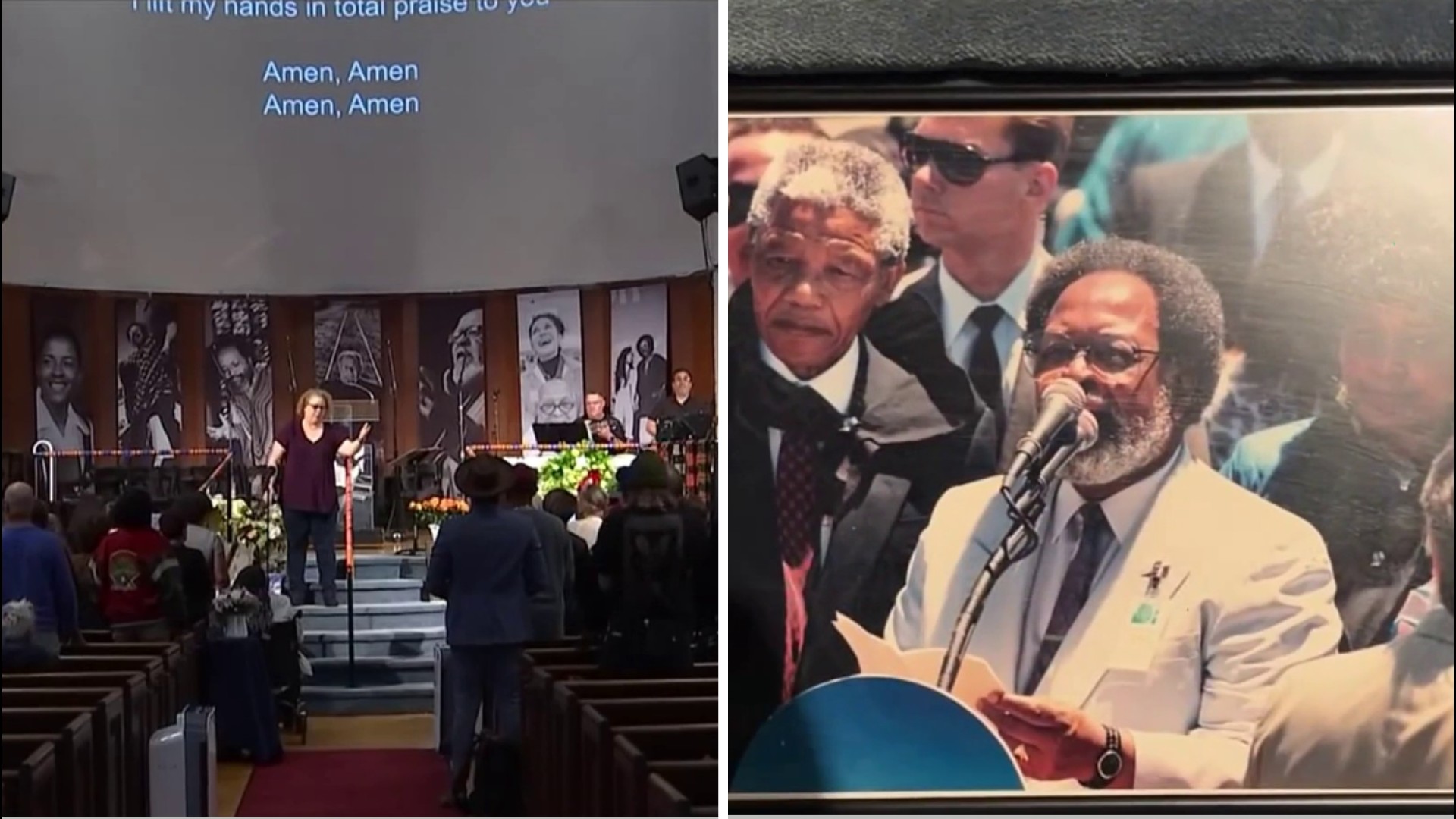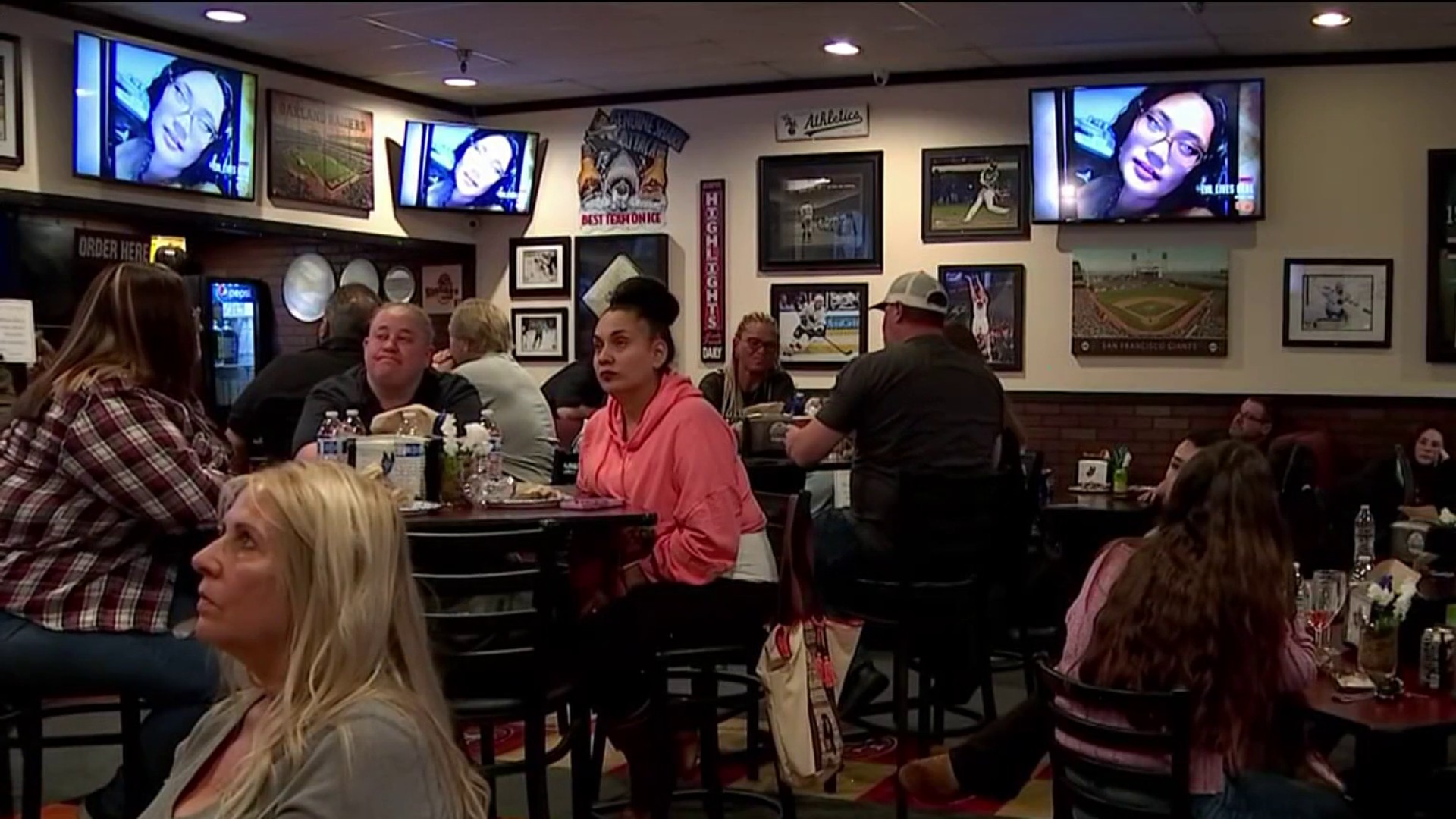Rebecca Anders doesn’t mind the title ’scavenger.’ As an artist who specializes in metal sculpture, she sometimes has to make use of whatever materials she can find.
“I believe that everything is potential material for making something,” Anders said above the industrial din of her shop in West Oakland's American Steel Building. “I don’t believe in garbage.”
Not far from her shop where Anders builds strange contraptions, mainly for the Burning Man arts festival, is the mother load for all steel scavengers -- the old Bay Bridge. As Caltrans crews continue to dismantle the old structure piece by piece, artists like Anders have been licking their chops.
“When I drive past the Bay Bridge and I see it coming apart,” Anders said, “‘I go yummy, yummy steel.’”
A while back, industrial artists started a petition drive to press Caltrans to turn-over some of that salvaged bridge steel to them. Caltrans relented and tapped the Oakland Museum of California to oversee the process. On Wednesday, the museum plans to release details of the application process.
“People can begin the process of imagining what they might be able to make from the steel material,” said Leslie Pritchett, who is heading the museum’s process.
Artists across California will be able to apply for the steel, which requires them to prove they they have the means to work with the materials. But the biggest condition toward qualifying for the steel, is that the final project must ultimately be intended for the public.
Local
“The program is designed specifically to support projects that are going to be in the public realm,” Pritchett said.
Once the application process opens up, artists will be able to view specs for the steel that will become available; how much it weighs, dimensions and characteristics. Caltrans will take care of cleaning and preparing the steel — but delivery and funding all rests on the shoulders of the artists.
“It could be part of a municipal building,” said Pritchett, ticking off possible projects, “the facade of a public building, could be incorporated into municipal lighting fixtures.”
Organizers of the program said the idea of returning the bridge pieces to public use is a fitting second-life for the bridge which served the public from 1937 until its retirement a couple years ago.
“We thought it was kind of the perfect way to kind of continue that legacy,” said Lori Fogarty, director of the Oakland Museum, “and really recall this iconic structure.”
Pritchett said it will probably take a year before the steel actually begins landing in artist studios. The steel being distributed to artists will come from the second phase of deconstruction which is scheduled to begin this summer.
Anders said she's already begun envisioning how to incorporate the bridge’s girders and beams in different sculptures and projects.
“I’ve spent a lot of time on that bridge. So has everybody,” Anders said. “We should totally make use of that good steel and make something for the people of the area.”



